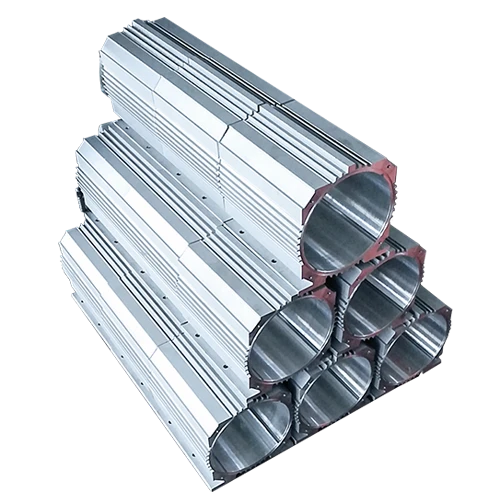Mobile:+86-311-808-126-83
Email:info@ydcastings.com
Connecting Cast Iron Pipes for Durable and Efficient Plumbing Solutions
Understanding Cast Iron Pipe Connections
Cast iron pipes have long been a staple in construction and plumbing due to their strength, durability, and resistance to wear and corrosion. One of the critical aspects of working with cast iron pipes is understanding how to properly connect them. These connections are pivotal to ensuring a secure, leak-free system. In this article, we will explore the various methods of connecting cast iron pipes, their benefits, and practical considerations.
Types of Cast Iron Pipe Connections
There are several common methods for connecting cast iron pipes, each with its own advantages and applications. The most prevalent connection methods include
1. Hub and Spigot Connections This traditional method involves a spigot end of one pipe fitting into the hub end of another. The connection is typically sealed with a gasket or lead and oakum. This method is favored for its simplicity and effectiveness in creating a tight seal, making it ideal for drainage and sewer applications.
2. Mechanical Joint Connections Mechanical joints utilize a gasket and a set of bolts to connect two pipes, providing flexibility and ease of assembly. This method is especially useful in situations where pipes need to be disassembled for repair or replacement. The adaptability of mechanical joints makes them a popular choice for utility projects.
3. Flanged Connections Flanged connections involve two flanged ends being bolted together, allowing for easy disconnection for maintenance or cleaning. This method is widely used in larger pipelines and industrial applications due to its robust sealing capability and ease of access.
4. Tyton Joint This type of connection uses a rubber gasket that fits into a recess of the pipe, providing a watertight seal. The Tyton joint is known for its ease of installation and effectiveness in preventing leaks, making it a preferred option in many modern plumbing systems.
Benefits of Cast Iron Pipe Connections
The benefits of using cast iron pipes in plumbing and construction are manifold
- Durability Cast iron is incredibly strong and can withstand high pressure and heavy loads. This makes it suitable for both above-ground and underground applications.
cast iron pipe connections

- Corrosion Resistance While cast iron can rust, especially if not properly maintained, it is generally resistant to many forms of environmental wear. When compared with more vulnerable materials, cast iron remains a reliable choice over time.
- Sound Dampening Cast iron pipes excel in minimizing noise transmission. This quality makes them particularly valuable in residential and commercial buildings where noise reduction is preferred.
- Longevity With a service life often exceeding 100 years, cast iron pipes represent a long-term investment
. Properly connected and maintained cast iron piping systems greatly reduce the need for frequent replacements.Practical Considerations
When working with cast iron pipe connections, several practical considerations can enhance performance
- Alignment Proper alignment of pipes during installation is crucial to prevent undue stress on joints, which can lead to leaks or failures over time.
- Support Providing adequate support for cast iron pipes is essential. Failure to do so can result in sagging and increased pressure on joints, compromising the system.
- Sealing Materials Using the right sealing materials, whether gaskets, lead, or other compounds, is critical for ensuring a watertight seal.
- Inspection and Maintenance Regular inspection and maintenance of the connections are vital to identify potential issues early and prolong the system's lifespan.
Conclusion
In conclusion, understanding cast iron pipe connections is essential for anyone involved in plumbing, drainage, or construction. The various connection methods each offer distinct advantages, making it crucial to select the right one for the specific application. By leveraging the inherent strengths of cast iron and ensuring proper installation and maintenance of connections, professionals can create robust systems that stand the test of time. As technology advances, the durability and resilience of cast iron pipes will continue to solidify their role as a foundational element in modern infrastructure.
-
What Makes Stainless Steel Pump Casting Essential for Modern Industries?NewsJul.14,2025
-
Revolutionize Your Engine Maintenance with Premium Aluminum and Cast Iron ComponentsNewsJul.14,2025
-
Precision Flow Engineering Starts with the Right Pump ComponentsNewsJul.14,2025
-
Maximize Efficiency: Explore Reliable Containment and Crop SolutionsNewsJul.14,2025
-
Discover Superior Performance with Advanced Turbo ComponentsNewsJul.14,2025
-
Boost Fluid Dynamics with Precision-Engineered Pump ComponentsNewsJul.14,2025











